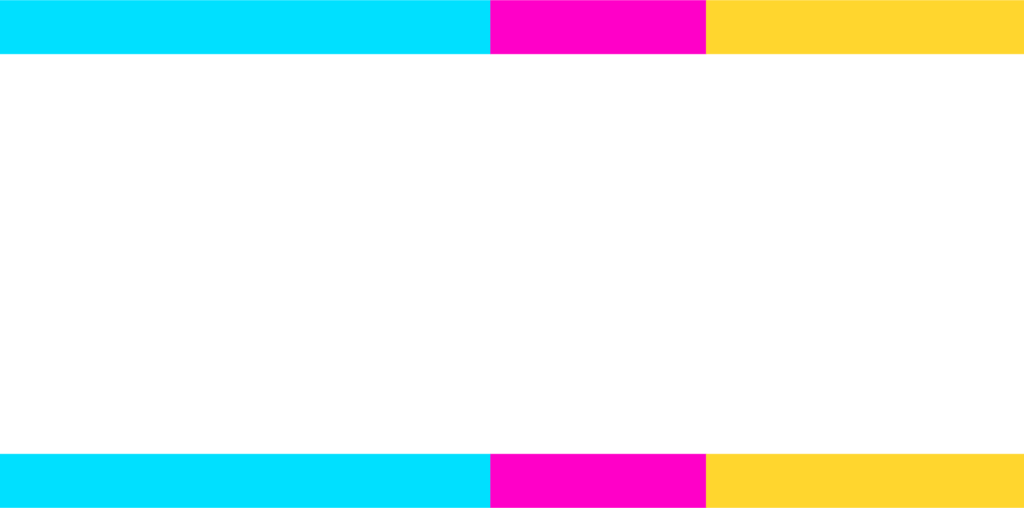Betsy Russell reports Idaho should expand its Medicaid program to cover the working poor in order to “do something right” and to save the state hundreds of millions of dollars, a state panel recommends.
“If we could have 90 percent to 100 percent of that paid by the federal government, why wouldn’t we do it?” asked Tom Faulkner, a Gooding County commissioner who has spent months studying the issue as a member of a 15-person working group created by Gov. Butch Otter.
The panel reached its unanimous decision Friday after reviewing a new report from the Milliman consulting group documenting long-term savings to the state from the move. Short-term savings already were assured, as the federal government will pick up 100 percent of the costs for the first three years; then it phases down to 90 percent.
“On a purely financial basis, it would make sense to expand,” Justin Birrell of Milliman told the working group. “You save $6.5 million if you expand. It would cost you $284 million if you don’t.” That’s over a 10 1/2 year period starting in the second half of state fiscal year 2014. Added the firm’s Ben Diederich, “The state and local offsets are what’s very unique to Idaho.”
That’s because of how Idaho currently pays catastrophic medical bills for the indigent; through the state’s Catastrophic Health Care program, the money comes entirely from the state general fund and from local property taxes.
Working group members added a caveat to their recommendation: They only want to expand Medicaid if Idaho designs an appropriate benefit plan that provides incentives for newly covered patients to take responsibility for their own health.
“We aren’t just signing a blank check,” said state Rep. Fred Wood, R-Burley, a working group member and retired physician. “That’s not what we’re about. We’re about doing it right or we’re not going to do it.”
Idaho’s current Medicaid program, redesigned in 2006, already sets different benefit plans for different populations, including children and people with disabilities. Health and Welfare Director Dick Armstrong said the working group’s recommendation fits right in with Idaho’s approach.
Medicaid is the joint federal-state program that provides medical coverage for the poor and disabled. Currently, Idaho’s program covers only children, low-income parents and the disabled. Under the national health care reform law, states have the option of expanding the program to poor adults almost entirely at federal expense.
A Spokesman-Review analysis in September estimated that Idaho’s taxpayers could save $380 million over six years by replacing its current system with a Medicaid expansion. Some lawmakers worried that higher costs in later years could eat up those savings, but the Milliman study said the long-term outlook also shows significant savings.
An analysis by the Idaho Hospital Association of research done by the University of Idaho estimated total tax savings over the 10 1/2-year period at $407.4 million. Steve Millard, head of the hospital association, said that means as much as $90.3 million in local property taxes wouldn’t have to be levied.
“The data that’s been presented today seems to me to be overwhelmingly compelling,” said working group member Beth Gray, a nurse practitioner.
Said group member Mike Baker, CEO of Dirne Community Health Center in Coeur d’Alene: “There’s financial benefits, there’s the opportunity to do something right here. From the state perspective, you look at the numbers, you look at the things we’ve learned through these discussions, and I think it’s great – a great opportunity for us to put together a different model.”
Otter will make the final call, along with state lawmakers, who ultimately must approve changes to the state’s Medicaid plan.


